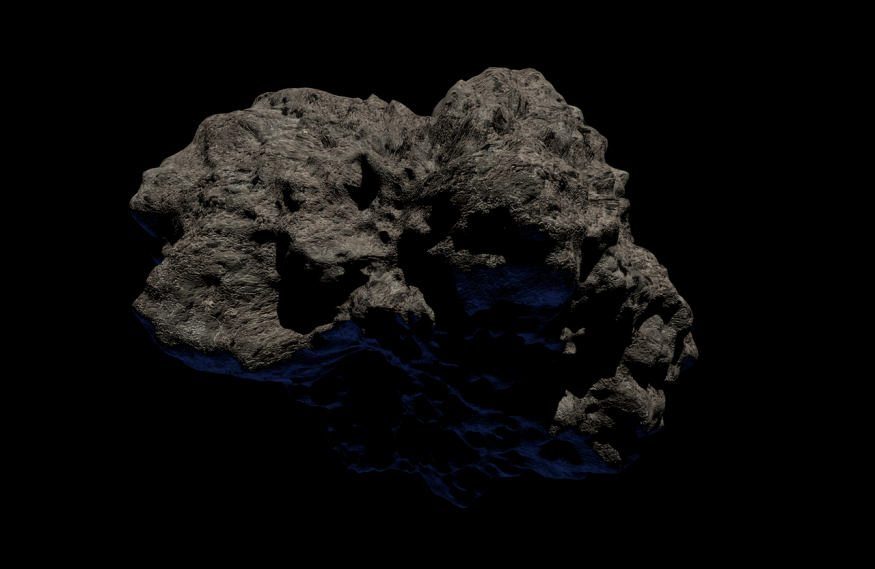
Around two years ago, the Hayabusa-2, one of Japan's very own spacecraft, brought samples of asteroid Ryugu to earth. IFL Science notes that after thorough analysis of this precious sample, new groundbreaking insights were found. These findings shed light on the history of the earth and even of the entire solar system.
Significant Findings Discovered After Analyzing Asteroid Ryugu Samples
A recent study published in Nature Astronomy included findings of these analyses.
Phys notes that a team of scientists from the Institut de Physique du Globe de Paris, Université Paris Cité and CNRS1 dug into asteroid Ryugu's isotopic properties of copper and zinc. These signatures demonstrate how the composition of asteroid Ryugu is close to carbonaceous chondrites that are similar to that of the Ivuna meteorite.
Such properties were the scientists' particular interest. Each chemical element has varying versions which largely depend on the neutron number in its center. While this does not alter the chemical properties, it alters physical aspects because of the varying mass of isotopes.
Isotope ratio serves as a material chemical fingerprint. However, when it comes to samples pertaining to asteroids or meteorites, this ratio does not just reveal data about present composition but it also sheds light on the formation of objects.
In asteroid Ryugu's case, specialists were able to confirm similarities with the meteorite Ivuna.
Meteorite Ivuna
According to Meteorites, Ivuna fell on Tanzania on December 16, 1938. IFL Science notes Ivuna's listing in the carbonaceous chondrites CI group. They are extremely rare, considering how there are only nine in the entire world. Specialists assume that these were formed in the outer portion of the solar system and that they, later on, moved inwards.
Asteroid Ryugu's Similarity With Other Carbonaceous Chondrites
When it came to composition, asteroid Ryugu displayed similarity with other carbonaceous chondrites. However, they differed in terms of copper and zinc. Hence, scientists were wondering if a different type would fit better. The researchers decided to choose such elements to confirm the link between CI chondrites.
Asteroid Ryugu's Materials Shed Light in Understanding the Solar System's Composition
Phys notes that after the final confirmation of the similarity shared by CI chondrites and asteroid Ryugu, the study grounds that such asteroid Ryugu samples are among the best current approximations of solar composition for zinc and copper.
Meteorites that come from asteroids that were formed in proximity to the sun harbor values that differ from asteroid Ryugu. The earth itself has a varying value. Thus, understanding this, scientists estimated that an asteroid that is starkly similar to asteroid Ryugu must have accounted for roughly 6% of the earth's mass.
RELATED ARTICLE : NASA to Launch Psyche Mission to Explore the 'Golden Asteroid' Worth $10,000 Quadrillion
Check out more news and information on Space in Science Times.
© 2025 ScienceTimes.com All rights reserved. Do not reproduce without permission. The window to the world of Science Times.












